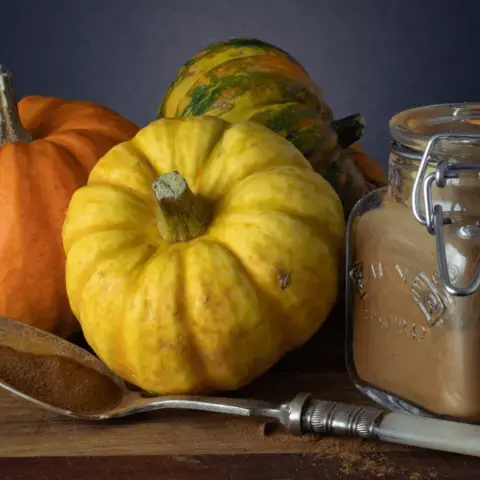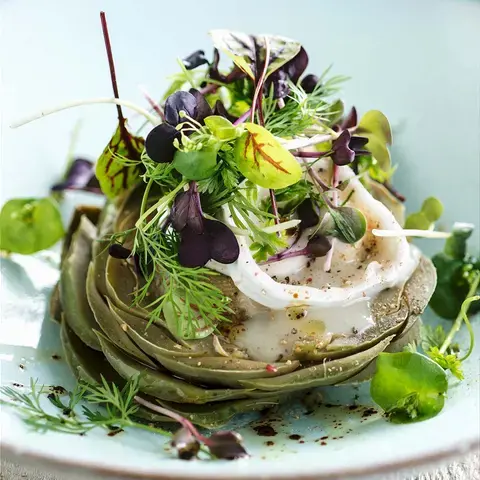Many high-profile chefs are intrigued by this tiny ingredient, which despite its size, can pack quite a punch in any dish in need of a lift, from Martha Stewart's simple yet delicious recipe, sautéed chicken breast with capers, to those devised by award-winning chefs. It was they who discovered that if you toast capers in the oven, or more simply in a non-stick frying pan, both their aroma and flavour take on a roasted note, like that of coffee or hazelnuts. When toasted and ground into a powder, they can be used to breathe new life into the blandest of flavours.
As a matter of fact, Massimiliano Alajmo started off with a dish that would later become his signature: white risotto with coffee powder and Pantelleria capers. In the family-owned restaurant, La Montecchia, in the foothills of the Euganean Hills, Aljamo serves this ingredient as part of an Italian vegan dish. The 2018 version of this dish is called Cordon Vert: the caper leaf is used as the filling for the aubergine, with black olives, bunches of oregano and torn strips of mozzarella. Once coated in puffed corn, the aubergine is browned in extra virgin olive oil. It is served with an eggless mayonnaise made with water, almonds, oil and fresh herbs.
Pastry chef Ernst Knam used capers to make a praline of white chocolate, coconut, Pantelleria capers and lemon.
They are also a key ingredient in the Roca brothers' (El Cellar de Can Roca) steak tartare, which they serve with mustard ice cream and caper and lemon preserve.
Meanwhile, in Redzepi and Kristian Baumann's recently opened restaurant 108 in Copenhagen, capers are used in the sense of flower buds, and are in fact elderflower buds; take the beef ribs with grilled onions, smoked butter and elderflower capers.
What about wine?
Wherever there is a distinctive flavour of capers, pair with a good glass of Verdicchio di Matelica or Vermentino di Sardegna; these two varieties of grape cope well with and enhance the little bud's characteristic Mediterranean savouriness.
Follow Fine Dining Lovers on Facebook
















